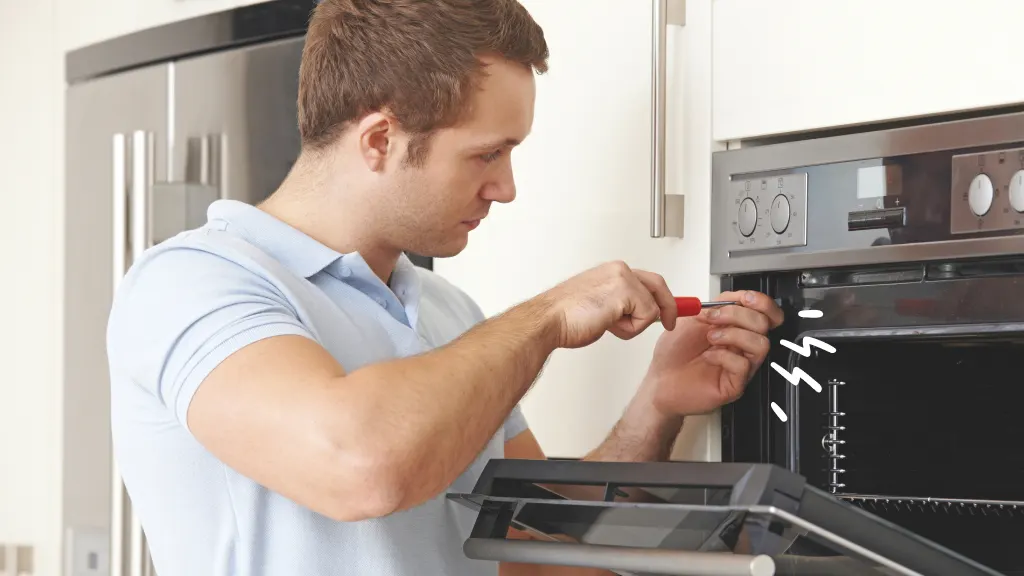Fix It Yourself: Learning Home Appliance Repair

When a household appliance stops working, the first thought is often to replace it or call for professional help. But with the right skills, many problems can be solved at home, saving both time and money. Learning how to repair appliances also reduces waste, giving equipment a longer life.
Getting to know the basics
Repair training starts with understanding how different appliances work. This includes learning about common components such as motors, heating elements, switches, and sensors. By knowing the function of each part, it becomes easier to identify where a problem might be.
Hands-on repair skills
Practical sessions give learners the chance to take apart and reassemble appliances such as washing machines, refrigerators, microwaves, and small kitchen devices. These exercises teach how to replace worn-out parts, fix wiring issues, and clean components that may be causing faults.
Safety first
Working on appliances means dealing with electricity and sometimes water or heat. Training emphasizes safety precautions such as unplugging devices before work, wearing protective gear, and using the correct tools for each job.
Troubleshooting like a pro
Not all problems are obvious. Repair courses teach step-by-step troubleshooting methods — from checking power supply issues to testing internal components — so that repairs are accurate and lasting.
A useful skill for life
Whether for personal use or as a small business opportunity, appliance repair skills are practical and versatile. Being able to fix everyday equipment not only saves money but also promotes a more sustainable way of living by reducing unnecessary replacements.
